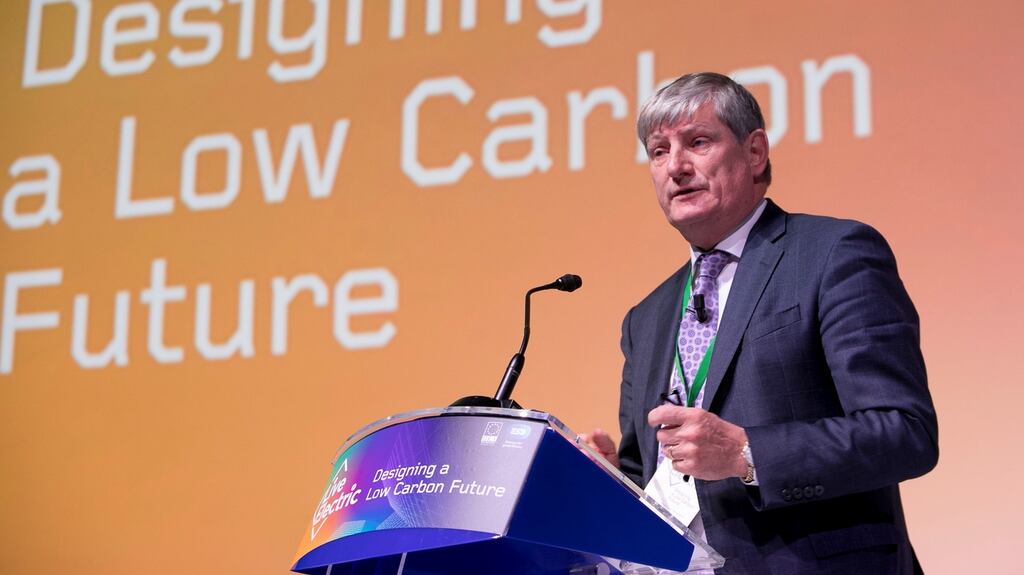A new scheme to bill electric vehicle drivers for using public charging network will begin “within a month” and will include penalties for those who overstay their welcome, the ESB has said.
Speaking at a conference in Dublin on changing to a low carbon future, ESB chief executive Pat O’Doherty said households will ultimately see a range of different electricity tariffs operating thorough the day and night, with smart electricity meters automatically switching on and off domestic appliances, including washing machines and electric cars.
Mr O’Doherty said the coming decade would see electricity emerge as the key enabler of green technologies, with homes using electricity to run pumps extracting heat from the ground.
He said electricity would continue to power household appliances but these would access complicated tariffs, selecting the time of day in which to run, based on when the cheapest electricity was available.
“You will still put the washing in the machine, but the machine will switch itself on and off at the best time,” he said.
He also said the same could apply to electric vehicles. Those who currently charge with night rate electricity achieve about 100 kilometres for just €1.20, he said. From October, the new ESB tariff for electric vehicle public infrastructure would be designed to encourage people to charge at home, he said.
But Mr O’Doherty said the ESB’s “Transformative Vision” would require decarbonisation of electricity generation over the coming decade.
More than enough
Up to 2030, he said gas would be used as swift, back up power but between 2030 and 2050, he believed the options would be to use hydrogen power or carbon sequestration. Carbon sequestration involves capturing carbon dioxide removed from the atmosphere and holding it in solid or liquid form.
Professor Sir David King of the Cambridge Centre for Climate Repair said Ireland had enough wind resource to more then meet any current or envisaged energy requirements.
The conference was also told how mobility in the Greater Dublin Area could be provided with only two per cent of the current number of vehicles, if all car and bus trips were to be replaced by rides in shared vehicles.
Dr Jari Kauppila of the International Transport Forum said a Dublin study found that if only 20 per cent of motorised trips were replaced with shared taxis or taxi-buses, the total distance driven would fall by 23 per cent, reducing vehicle CO2 emissions by a fifth and helping Ireland to achieve its CO2 reduction targets.
The study “Shared Mobility Simulations for Dublin”, was commissioned by the Department of Transport and the National Transport Authority to examine how new shared mobility services could change mobility in the Greater Dublin Area.
An additional aspect of the findings was that shared mobility would improve access to jobs, health services, education and other opportunities for Dubliners living further away from the centre and currently not served well by traditional Public Transport, Dr Kauppila said.
He recommended that shared mobility be included in the goals of the national transport strategy.










